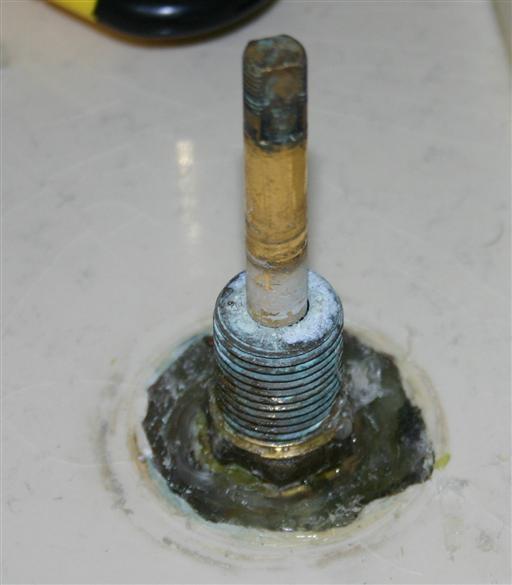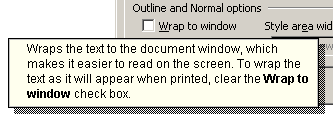So apparently some of the computers bought with Digital Education Revolution money are underpowered for the software suite loaded on by state education departments.
The Lenovo netbooks handed out to NSW students in 2009 and 2010 sport a 1.66MHz Intel Atom N450 processor, 2GB of RAM, 160GB hard drive and 10-inch screen
A rig with these spacs this is my primary Windows machine, and for a while was the most powerful machine in my house. It’s fine for not playing HD video or anything that challenging, although operating without the (maximum) 2 gig of RAM is a weedy beast (the raw boot memory consumption is 640 meg, leaving plenty of space to run Notepad or perhaps Windows Performance Monitor). With 2 gig it runs browsers, spreadsheets and word processors without complaint, but:
A NSW education department spokesperson, in response to complaints from students that their free netbooks don’t have the performance to run Photoshop, said
“Slow performance has not been highlighted as a major issue with the laptops … As with all computers, after time they can slow down. The department regularly upgrades the versions of software and performs a tidy up to ensure smooth running of the devices. This helps avoid slow boot and operating times.”
A. Why are these kids whining about free computers?
B. What the hell do school kids need Photoshop for?
C. Why would the passing of time cause a computer to slow down?
D. How does upgrading software versions improve boot times or even operating times?
Maybe the “tidy up” is the important bit.


 I know the move from the ol’
I know the move from the ol’